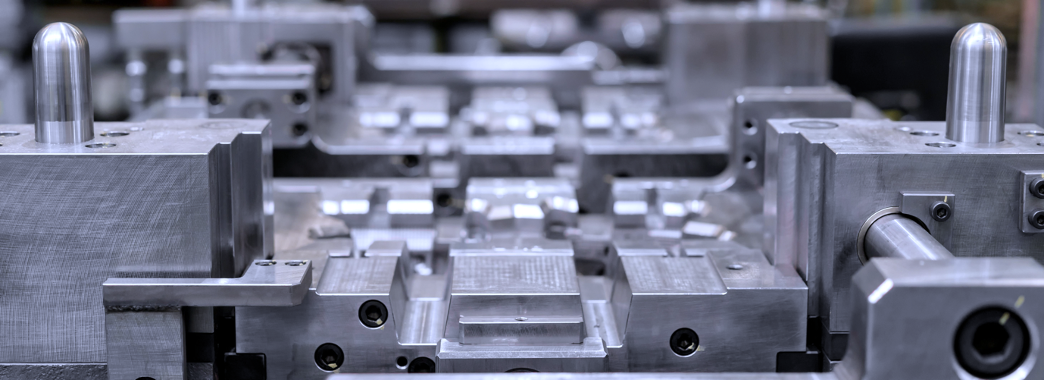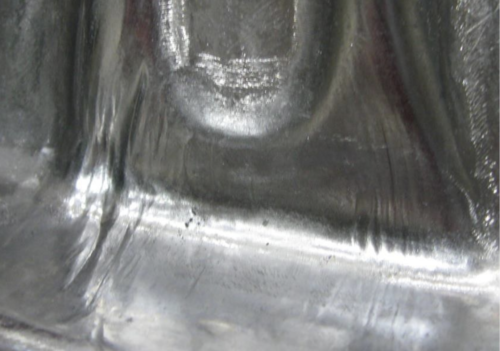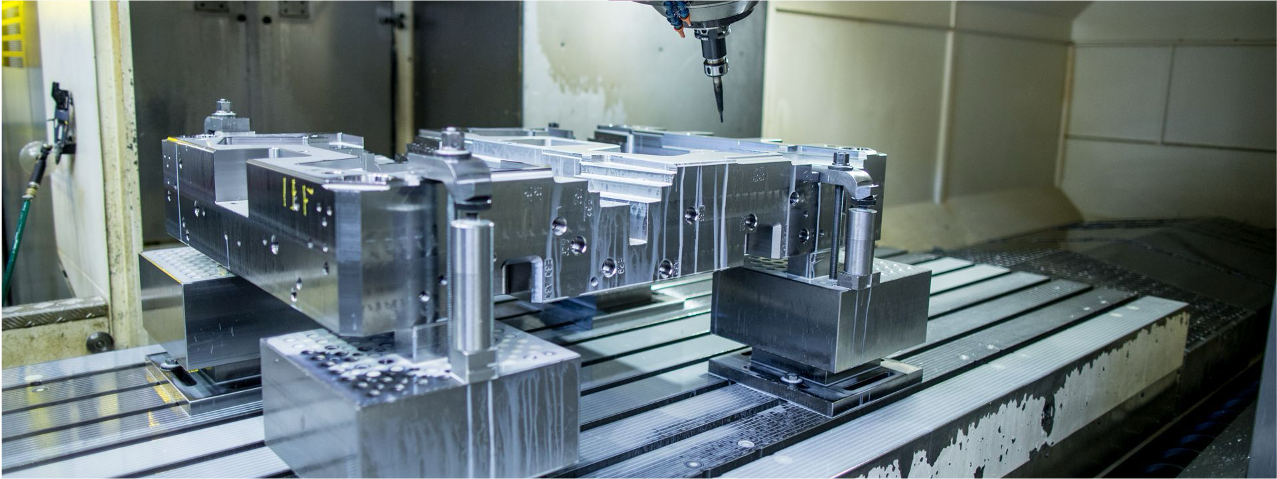
Comprehensive Guide to Should Costing in the Automotive Industry

Mi PowerBank 3i Teardown and Costing
Key Points to Consider While Conducting Tooling Should Costing

This blog is authored by our engineers who specialize in the should costing of various vehicle types. Here, they share their insights on methods, tools, and the challenges encountered in this area of engineering.

Tooling, particularly in the form of moulds and dies, is a critical aspect of manufacturing. Conducting a proper Should Cost analysis for tooling is essential for ensuring cost efficiency and competitiveness. Below, we break down key considerations that will help you master tooling Should Costing for moulds and dies, optimizing your efforts in the design, procurement, and production phases.
Understanding the Purpose of Tooling Should Costing
Tooling Should Costing refers to the systematic breakdown and estimation of the cost involved in manufacturing moulds and dies. It allows manufacturers to ensure that prices quoted by suppliers are justified, helping them avoid overpaying. The primary goal is to strike a balance between cost efficiency and the performance of the tooling.
Material Selection: Key to Cost Control
-
Materials used for moulds and dies significantly impact the overall cost. Common materials include:
- Tool Steel (e.g., A2, D2): High hardness and wear resistance, but expensive.
- Aluminum: Lighter and cheaper but not as durable as steel.
- Hardened Steel: Extremely durable but requires advanced machining techniques.
- Others as per application.
A key factor in tooling Should Costing is evaluating whether the material specified is optimal for the expected lifespan and usage of the tool.
Tool Design Complexity
The design complexity of moulds and dies directly affects costs. Highly intricate designs require more specialized machining and longer lead times. During Should Cost analysis, consider factors such as:
- Parting lines and undercuts: These may complicate the tool design and add to costs.
- Cavities and inserts: Multiple cavities or specialized inserts increase machining time and cost.
To accurately estimate the tooling cost, breakdown the complexity and correlate it with machining hours, skilled labor requirements, and special equipment.
Manufacturing Process for Moulds and Dies

The tooling manufacturing process encompasses multiple stages, from design to final testing. Consider the following during your Should Costing analysis:
- CNC machining: Most moulds and dies are produced via CNC machining, a process that can be labor-intensive and requires precision.
- EDM (Electrical Discharge Machining): For complex and hardened materials, EDM is often used. It’s a slower process, but essential for intricate dies and high-precision work.
- Polishing and surface treatments: Tooling surfaces need to meet specific requirements depending on the end-use. A detailed analysis of required finishing processes can provide cost insights.
When conducting Should Costing, breaking down each process involved, its duration, and related costs will yield a more precise estimation.
Tool Life and Maintenance Costs

Tooling for moulds and dies is expected to last for a significant number of cycles. While the upfront cost is important, long-term considerations like tool life and maintenance must also be factored into the Should Cost analysis. The longevity of the tool directly correlates with its material, design, and production methods.
A longer tool life reduces per-part tooling costs, making it essential to calculate these long-term savings when conducting your Should Costing.
Geographic Factors in Costing
Where the tool is being produced and where it will be used can impact its cost. For instance, tools manufactured in regions with lower labor costs may have lower initial prices but could also present challenges in terms of quality control and lead times.
While conducting a tooling Should Costing analysis, it’s essential to consider the following:
- Regional labor rates: In countries with higher labor costs (e.g., the US, Germany), tooling may be more expensive but also more precise.
- Shipping and taxes: If the tool is being imported, factor in logistics, taxes, and potential tariffs into the total tooling cost.
Machining Tolerances and Accuracy Requirements

The required tolerances in the finished mould or die can significantly affect costs. High-precision tools with tight tolerances will demand more advanced machinery, specialized skillsets, and additional inspection methods, all of which drive up costs.
For Should Costing, ensure that tolerance specifications are aligned with the actual needs of the final part. Over-specifying tolerances can lead to unnecessarily high tooling costs.
Supplier Capabilities and Experience
The capabilities and experience of the supplier play a pivotal role in the overall cost. An experienced supplier might offer more accurate estimates and reliable tools, but could also charge a premium.
When conducting Should Costing, ensure that the supplier's expertise and track record are factored into the analysis. Using a supplier with the right balance of price and experience can lead to cost savings while maintaining quality.
Tooling Lead Time
Lead times for producing moulds and dies can vary greatly depending on the complexity and manufacturing capacity of the supplier. Extended lead times may result in additional costs for expedited production or delays in the project timeline.
During Should Costing, it’s important to estimate how lead times can affect both direct and indirect costs, and to work closely with suppliers to mitigate delays.
Depreciation and Return on Investment (ROI)
For high-volume production, the cost of tooling is typically amortized over the lifecycle of the tool. It’s critical to calculate the ROI by dividing the total cost of the mould or die by the expected number of parts it will produce.
This allows for a clearer understanding of how the tooling cost impacts the per-part price, which is crucial for long-term cost management.
Conclusion
Tooling Should Costing, especially for moulds and dies, is a complex but essential process that can lead to significant cost savings and improved profitability when done correctly. By considering material selection, design complexity, manufacturing processes, geographic factors, and long-term costs such as tool life and maintenance, manufacturers can create accurate cost models. This not only ensures that tooling prices are competitive but also contributes to the overall efficiency of production.

